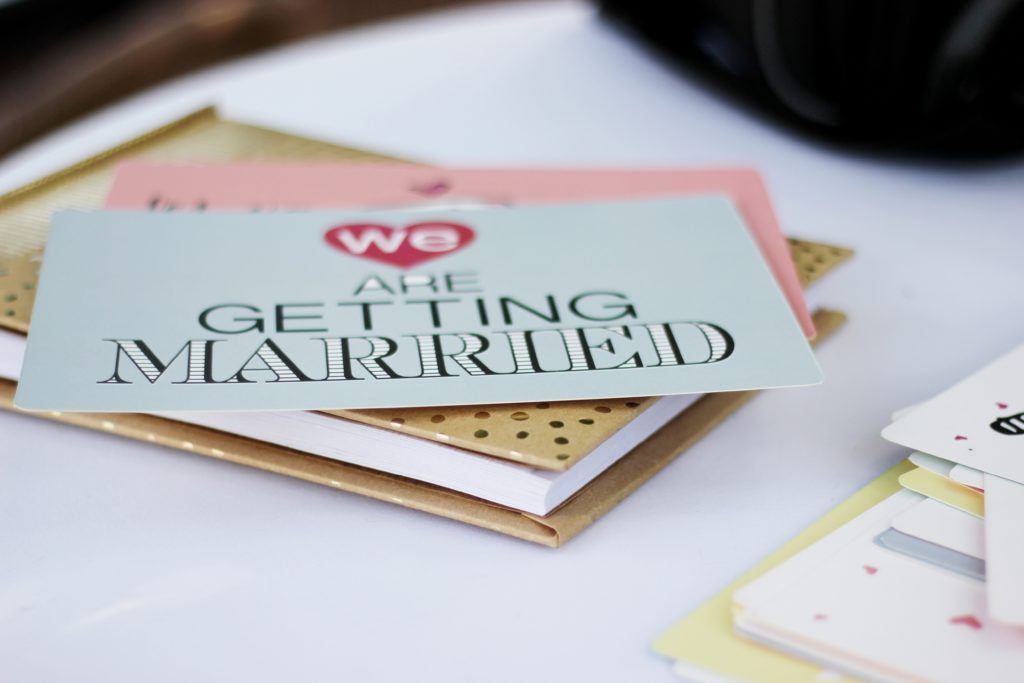
Crucial to any event is getting people there—it’s less fun to party alone. It’s also less work to party alone. With guests comes the ever-important headcount. Your headcount determines how much food and drink you need, how much space you need, and what kind of entertainment you need. Keeping track of the number of guests can be a hassle—but it doesn’t have to be. That’s where RSVPs come in.
RSVPs are important for two reasons: first, guests are more likely to attend an event they’ve already agreed to attend, and second, it helps you determine all the things above that go into making your party great. But RSVPs are only helpful if you manage them correctly. Keep reading to discover tricks of the RSVP trade.
1. Only give guests one point of contact
Before sending any RSVP requests, determine who will be the one handling them—and only give guests ONE contact. This is especially important if you’re co-hosting. It ensures that the guest list is accurate, and it won’t confuse your guests. They want to know who to call if there’s a question, or if they have to change their response. Plus, they’ll be more receptive to future communication about the event if they recognize your name on their phone or in their mailbox.
2. Include a deadline
RSVPs are only helpful if there’s a deadline. Otherwise, guests won’t see the importance, or they’ll forget. Because most caterers and venues set a deadline for you to give a headcount, it’s only fair for you to ask the same from your guests. Be sure to give yourself 1-2 weeks between your guest deadline, and the one from a vendor. That way you’ll be able to call anyone who hasn’t yet responded, if necessary.

3. Number the RSVP cards
Often, RSVP requests are mailed out with a pre-stamped card to return. Before you mail the requests, number each return RSVP and keep a master list of who you mailed what letter to. This way, you can track the RSVPs in case someone forgot to send their name along with it.
For example, if you’re sending an RSVP request to Grandma Myrtle, write a “1” on her mail-back card so if it comes to you without a name, you know it’s from Grandma Myrtle.
4. Pre-stamp all return requests
You may have picked up on this from #3, but if you’re asking guests to mail back a card to you, always put a stamp on there. You’re requesting the presence of your guests, and it shouldn’t cost them to respond to you. Plus, it makes it easy for them to send the response—which is means more responses for you and a more accurate headcount!

5. Confirm your RSVPs
Whether it’s via email, text, or phone, always confirm that you received someone’s RSVP—whether they said they would attend or not. This will give guests peace of mind, and reaffirm to them that the event is important, especially if it’s a family event.
6. Know which guests are important
Assume that you won’t receive RSVPs from every guest, and know ahead of time if there are important guests that you really want to attend. These important guests are the ones you call if you haven’t heard from them by the RSVP deadline. This may be easy if you’re hosting your own party—but if you’re planning on behalf of someone else, this is crucial.

7. Introduce yourself at the event
Ideally, you’re able to kick off the event with a few opening words thanking everyone for coming. At this time, mention that you were the person they communicated with prior to the event. If addressing the whole group isn’t possible, find time to go table by table and thank the guests as you’re able. If there are particular guests you know traveled far (like Grandma Myrtle) be sure touch base with them before the event is over.
Conclusion
Managing your RSVPs doesn’t have to be a hassle—with some simple tricks to make the experience better for both you and your guests, you can be well-prepared for your upcoming event. If you’re still worried about managing a guest list for larger events, like your wedding, consider our free wedding website builder. You’ll be able to manage your guest list, and vendor lists, room blocks, and photo albums—just to name a few features!
Are there other tricks that worked in the past for you? What were they?


